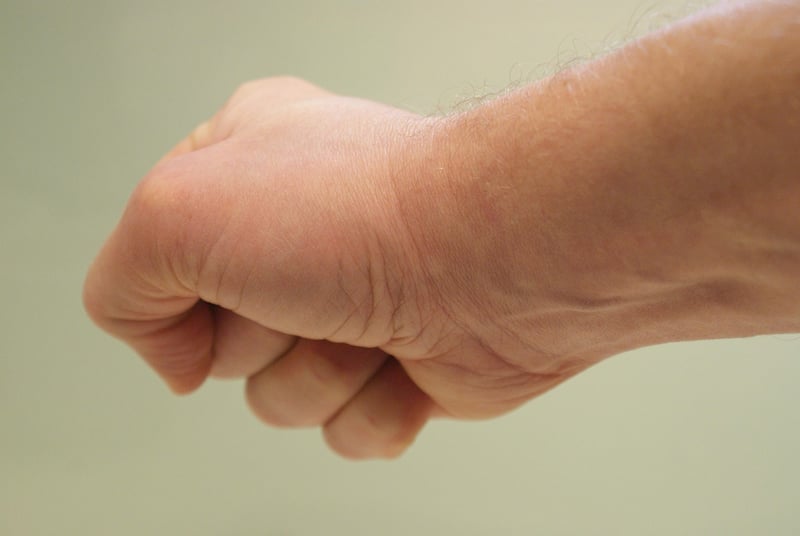Relaxation Techniques
The Art of Quality Rest: Relaxation Techniques for a Refreshed Mind and Body
In today's fast-paced world, finding time to relax and rejuvenate is essential for overall well-being. Quality rest goes beyond just sleeping; it involves calming the mind and body to achieve a state of deep relaxation. Incorporating relaxation techniques into your daily routine can help reduce stress, improve sleep quality, and enhance overall productivity. Here are some effective strategies to help you unwind and experience the benefits of true relaxation.
1. Deep Breathing Exercises
Deep breathing is a simple yet powerful relaxation technique that can be done anywhere, anytime. Start by finding a comfortable position, close your eyes, and take slow, deep breaths in through your nose and out through your mouth. Focus on the sensation of your breath filling your lungs and try to release any tension with each exhale.
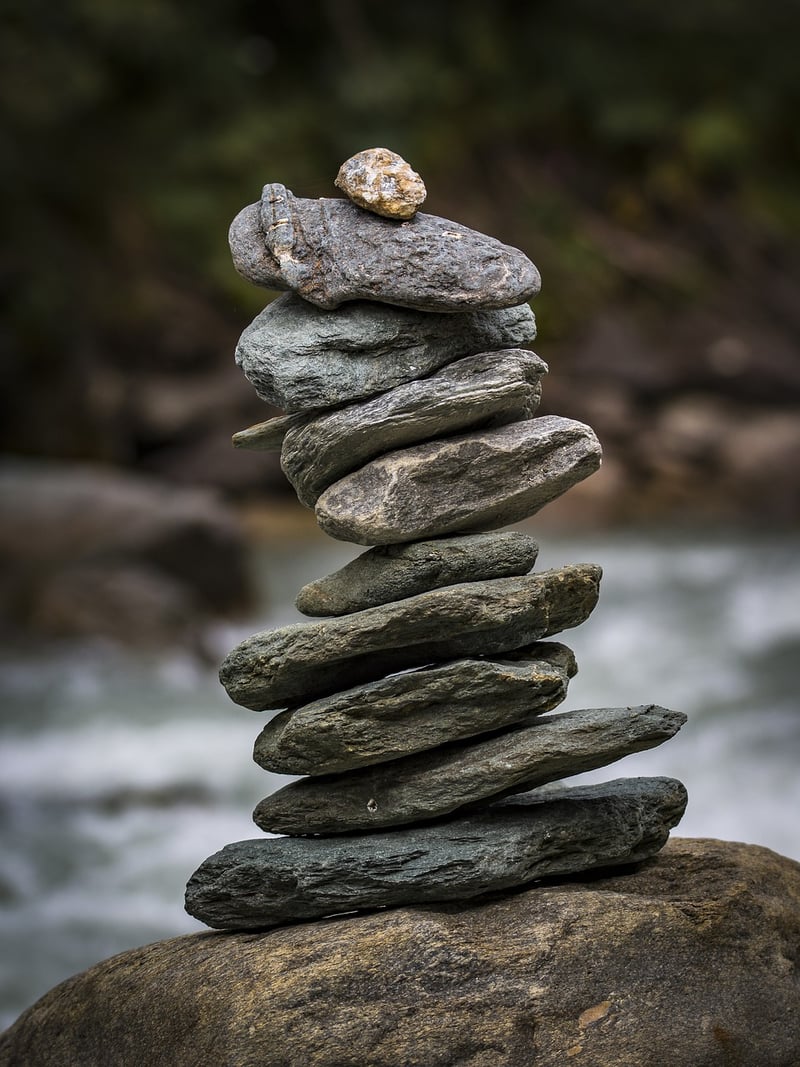
2. Progressive Muscle Relaxation
This technique involves tensing and then relaxing each muscle group in your body, starting from your toes and working your way up to your head. By consciously releasing tension in your muscles, you can promote relaxation throughout your entire body and calm your mind.
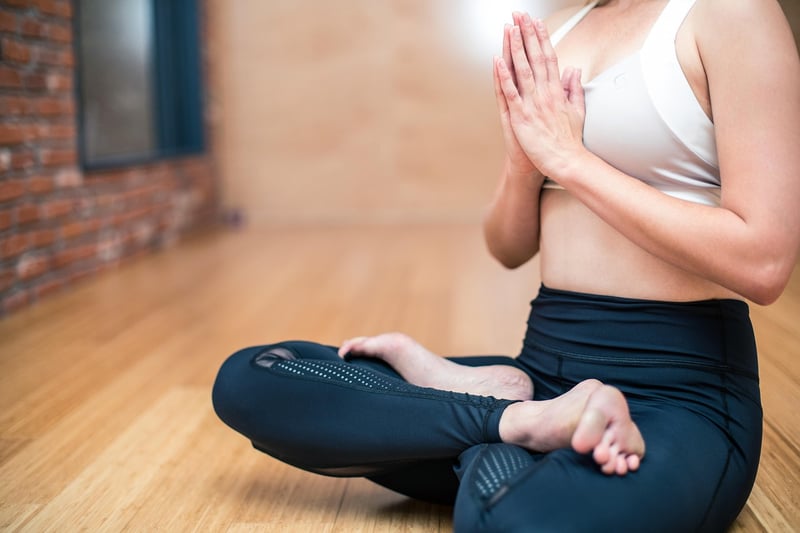
3. Mindfulness Meditation
Mindfulness meditation focuses on being present in the moment without judgment. Find a quiet space, sit or lie down comfortably, and bring your attention to your breath or a specific sensation in your body. Allow thoughts to come and go without getting caught up in them, fostering a sense of calm and clarity.
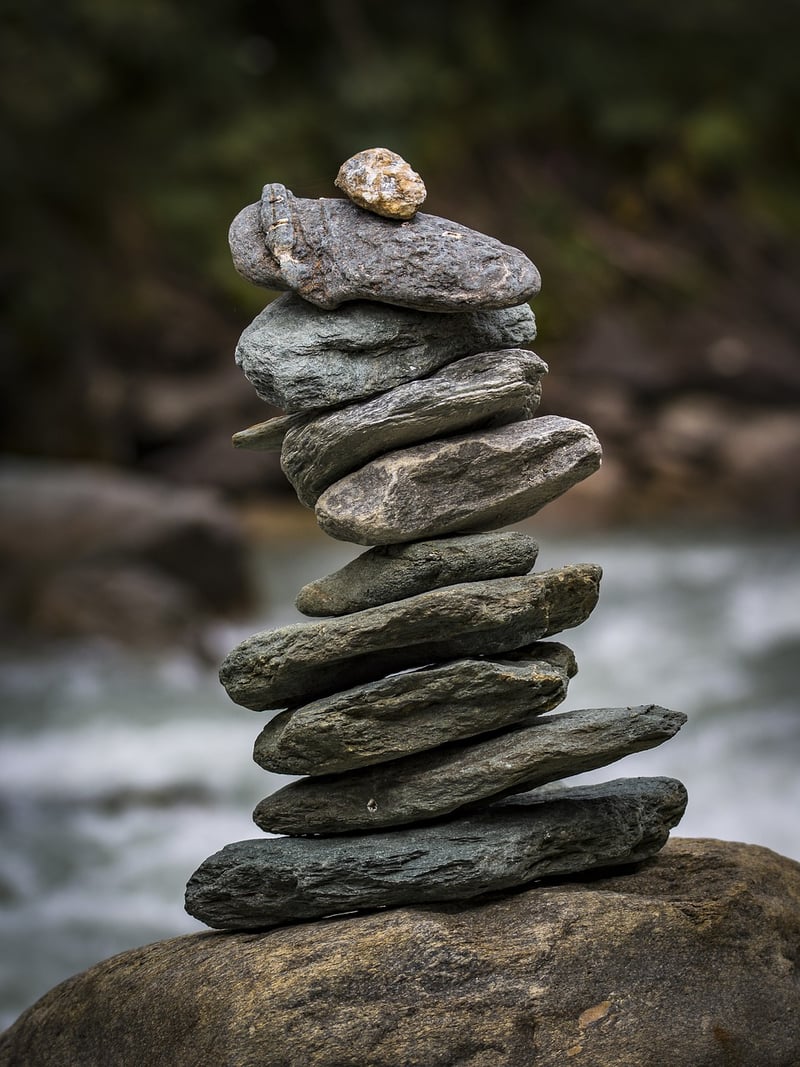
4. Guided Imagery
Guided imagery involves visualizing peaceful and calming scenes to promote relaxation. Close your eyes and imagine yourself in a serene environment, such as a beach or a forest. Engage all your senses in this visualization to create a vivid and relaxing experience.

5. Aromatherapy
Aromatherapy uses scents from essential oils to promote relaxation and reduce stress. Lavender, chamomile, and eucalyptus are popular choices known for their calming effects. Use a diffuser or add a few drops of essential oil to a warm bath to create a soothing atmosphere.
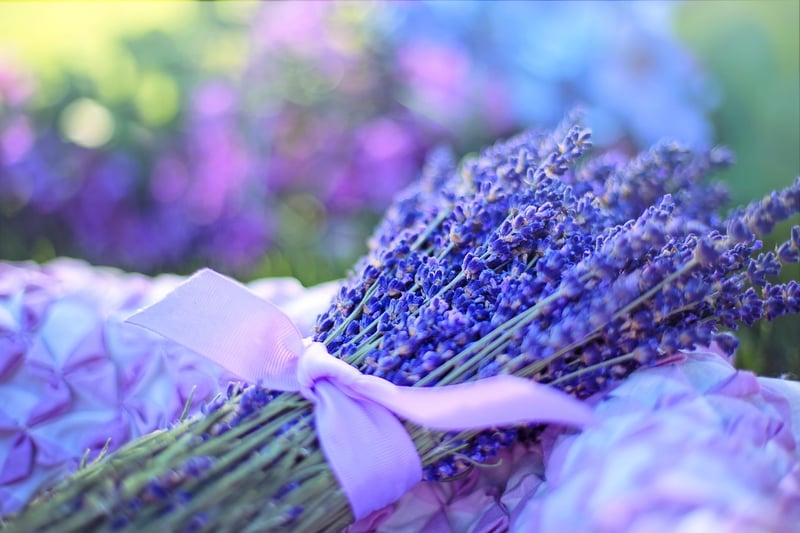
By incorporating these relaxation techniques into your daily routine, you can cultivate a sense of calm and inner peace, leading to improved overall well-being. Remember to make time for quality rest and relaxation to recharge your mind and body for a healthier, more balanced life.
References:
Healthline - 9 Ways to Practice Mindfulness
Mayo Clinic - Relaxation Techniques
